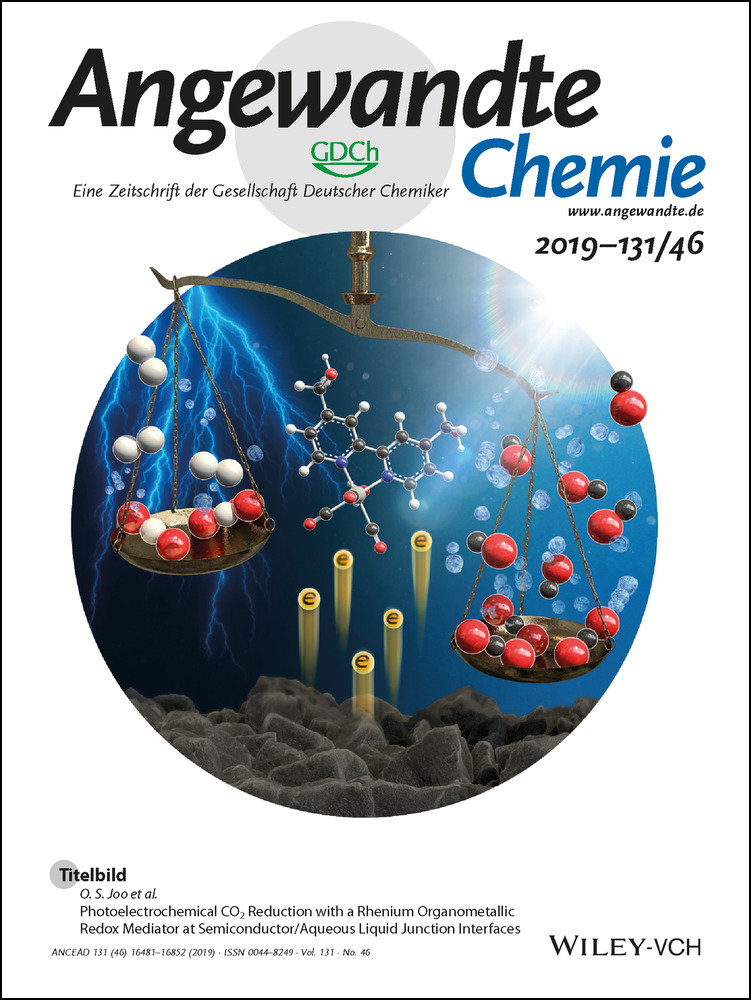Photoelectrochemical CO2 Reduction with a Rhenium Organometallic Redox Mediator at Semiconductor/Aqueous Liquid Junction Interfaces
Abstract
Electrochemical and photoelectrochemical CO2 reductions were carried out with Re(bh-bipy)(CO)3(OH2) cocatalysts in aqueous electrolytes. Competition between hydrogen evolution and CO2 reduction was observed under (photo)electrochemical conditions for both glassy carbon and CuInS2 electrodes. The partial current density for CO generation is limited even though the additional potential is applied. However, electrochemical hydrogen evolution was suppressed under photoelectrochemical conditions, and the selectivity and partial current density for CO were considerably increased when compared to the electrochemical reduction in an identical electrode/electrolyte system. This finding may provide insights into using semiconductor/liquid junctions for solar fuel devices to overcome the limitations of electrolysis systems with an external bias.




